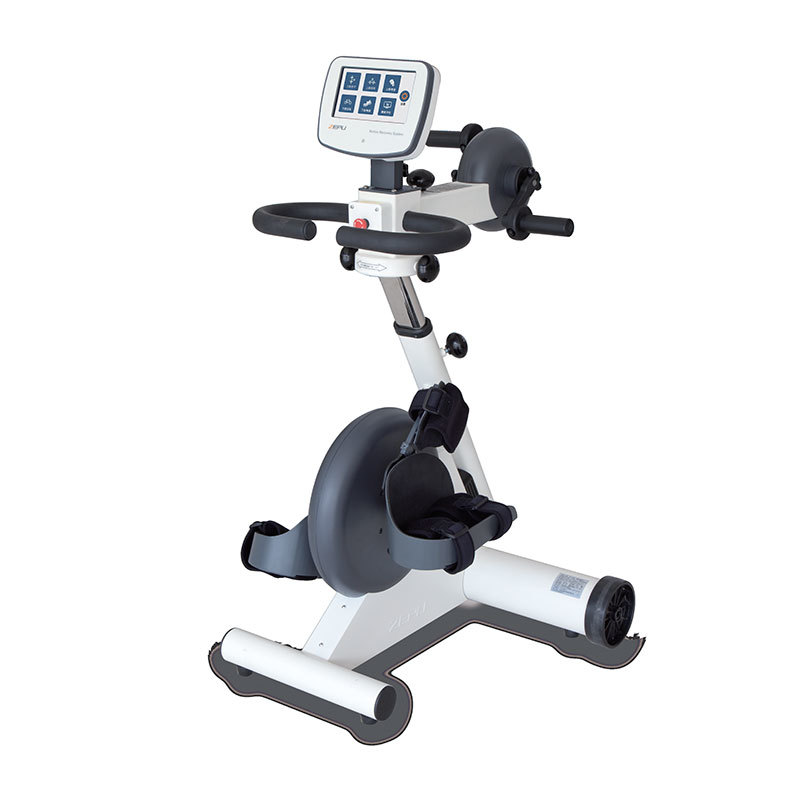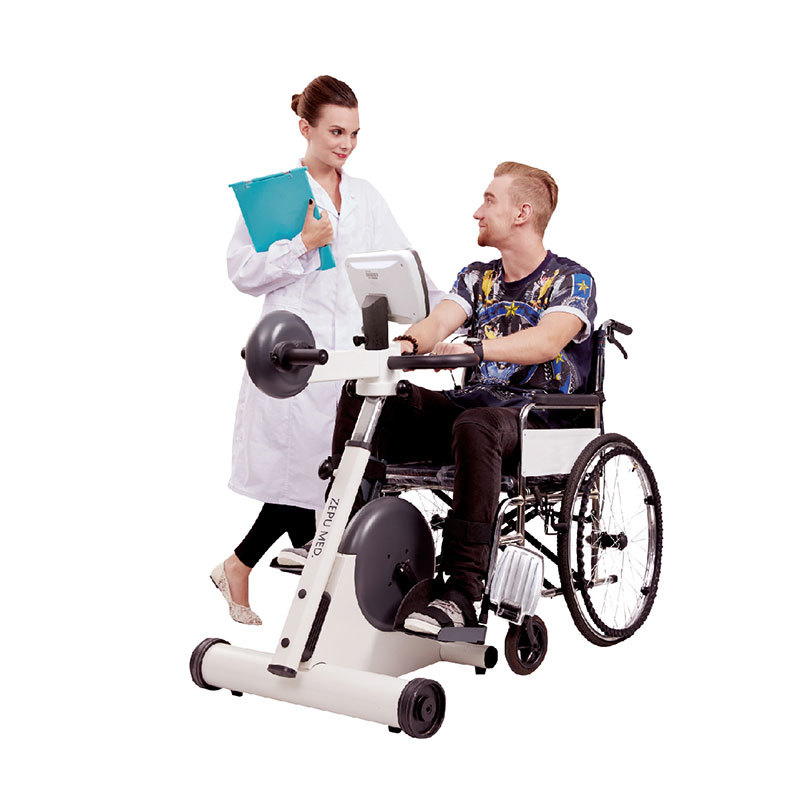ZEPU-K2000A Upper and lower limb active and passive exercise rehabilitation machine (upper and lower limb type)
Classification:
You can also contact us by WhatsApp
Product Introduction
Active & Passive Rehabilitation Products
Adult upper and lower limb application
Active & Passive Rehabilitation Products
Adult upper and lower limb application
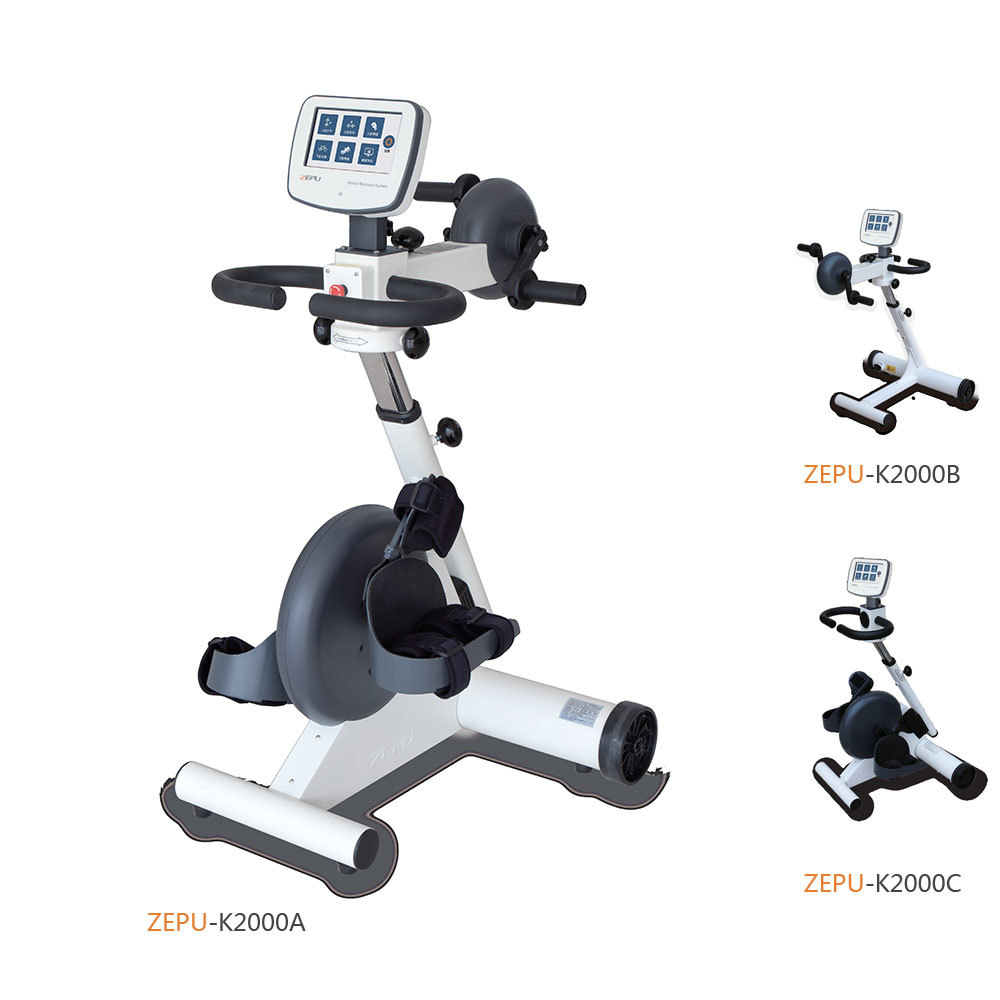
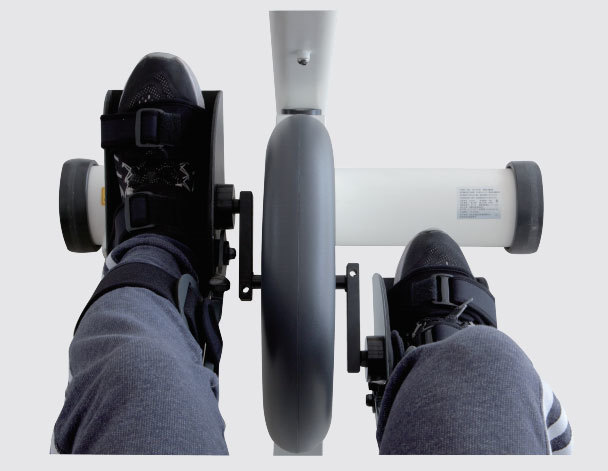
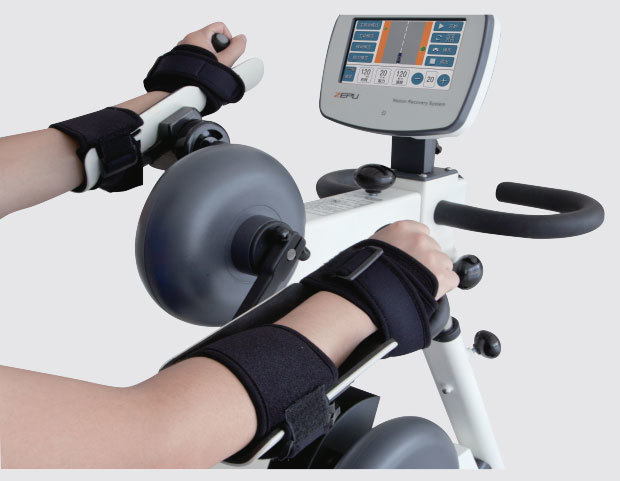
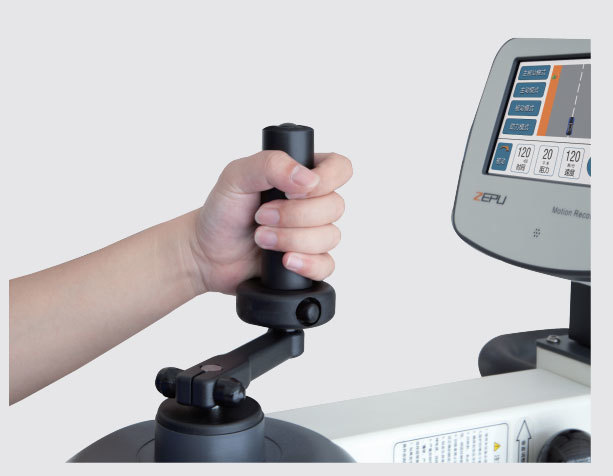
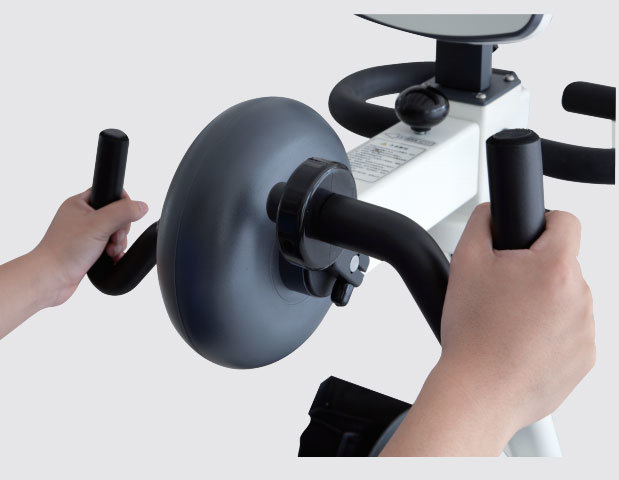
Scope of application
Scope of application
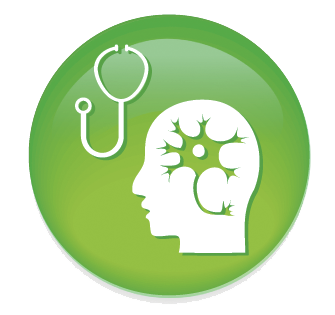
Nervous system disease
Brain Injury, Stroke (Stroke), Cerebral Palsy, Peripheral Nerve Disorders, Spinal Cord Injury, Parkinson's, Multiple Sclerosis, etc.
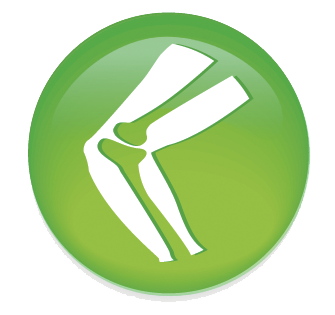
Bone and joint system diseases
After fracture, osteoporosis, ligament injury, osteoarthritis, joint replacement
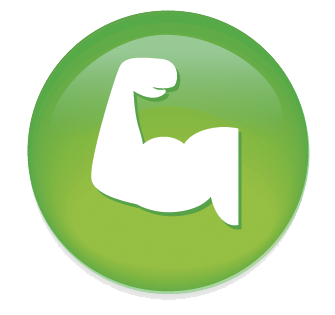
Muscle and Tendon System Disorders
Spasticity, muscle wasting adhesions, post-surgical muscle sprains and tears, post-tendinitis and tenosynovitis, post-tendon rupture

Endocrine and visceral diseases
Type 2 diabetes, hypertension, coronary heart disease, chronic obstructive pulmonary disease, constipation, renal dialysis patients
A product that runs through recovery
Active & Passive Rehabilitation Products
Adult upper and lower limb application
A product that runs through recovery
Active & Passive Rehabilitation Products
Adult upper and lower limb application
It is suitable for functional training of upper and lower limbs of patients in recovery period and sequelae period.
Adopting the design concept of one machine with multiple functions, it integrates the functions of evaluation, passive, assist, active and passive, active, isokinetic, feedback, etc., to provide patients with more treatment methods and achieve better results.
Treatment
Passive mode: passive motion training driven by motor;
Power-assist mode: motor-assisted power-assisted exercise training, the machine detects the remaining muscle strength and automatically gives auxiliary power;
Active-passive mode: There is no gap between passive exercise and active exercise to ensure the continuity of training;
Active Mode: Movement done by the patient's own muscle strength with adjustable resistance. Enhance muscular endurance and improve cardiopulmonary function;
Isokinetic mode: Under the premise of active movement, the speed is constant and the resistance changes.
Clinical treatment effect
Exercise and restore upper and lower limb muscle strength; eliminate muscle tension and relieve muscle pain;
Improve joint mobility and prevent joint stiffness;
Overcome the consequences caused by lack of exercise: such as blood circulation problems, joint stiffness, muscle contractures, digestive problems, defecation problems, osteoporosis, lower extremity edema, etc., prevent bedsores and venous thrombosis, and promote smooth urination;
Improve and improve walking ability: establish and maintain basic functions required for walking (motor control, muscle strength, endurance), reduce stiffness, and improve walking confidence;
Replacing labor, saving time and cost.
Adaptation unit
Rehabilitation departments, neurosurgery, orthopedics, geriatrics, community health service centers (stations), rehabilitation centers for disabled people's federations, civil welfare institutions, nursing homes, respiratory rehabilitation centers, cardiopulmonary rehabilitation centers, and day care centers in medical and health institutions at all levels. Health Management Center, etc.
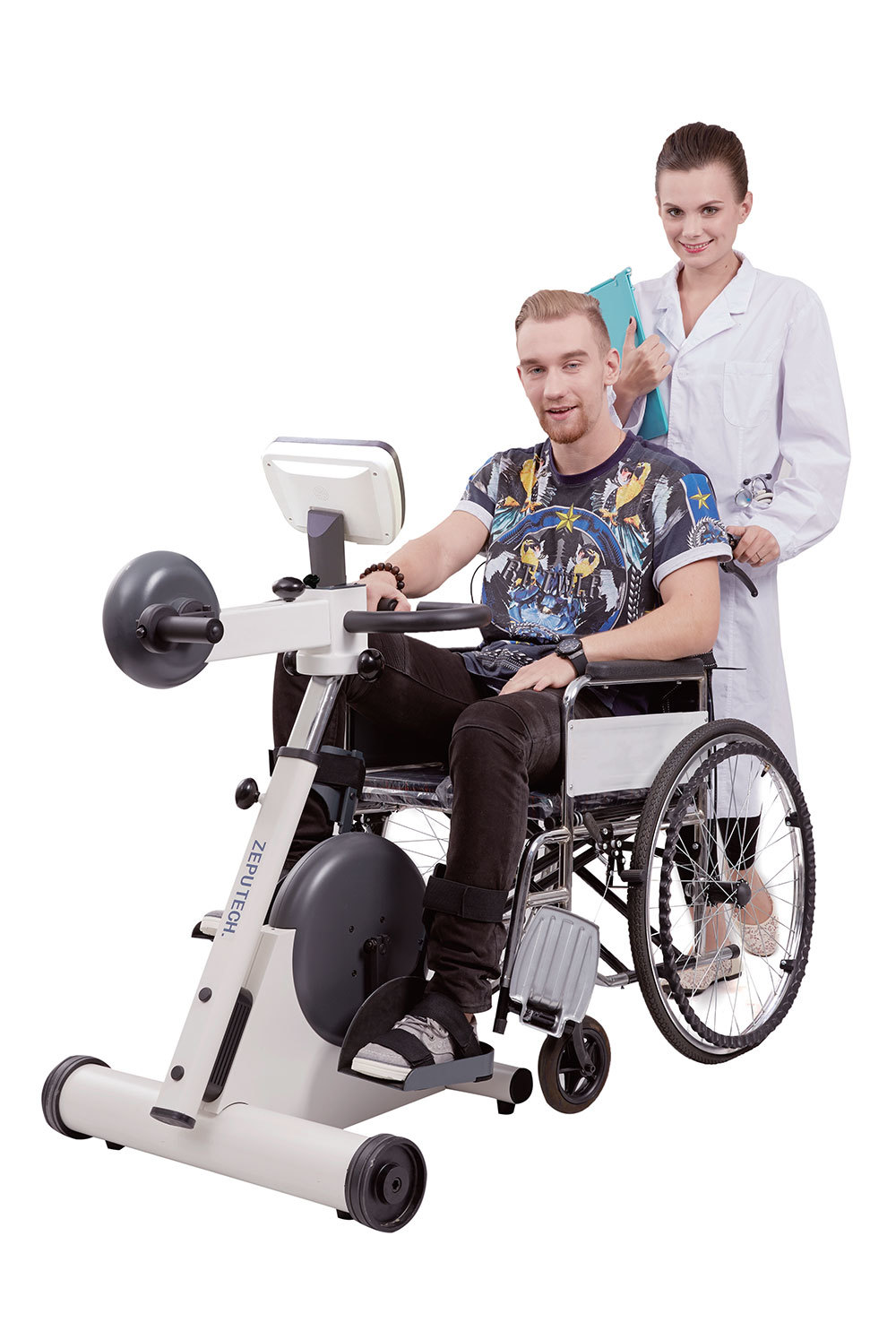
Rehabilitation training system
Innovative breakthrough - smarter and more efficient
Rehabilitation training system
Innovative breakthrough - smarter and more efficient!
The evaluation function is a new generation of active and passive application system launched by ZEPU. The system adopts the concept of combining evaluation and training to maximize the therapeutic effect of the rehabilitation machine.The addition of the isokinetic function enriches the diversity of active exercise, and induces stronger and more stable muscle strength and endurance exercise.
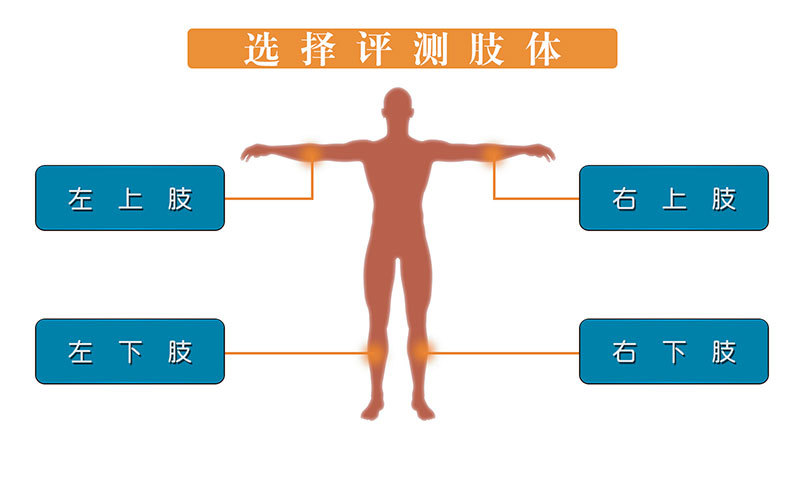
Integrate multiple assessments to subvert traditional usage patterns
Quantitative Criteria for Rehabilitation Progress
It is convenient to make better use of data for training settings
Make rehabilitation training targeted
No more walking blindly with a rehab treadmill
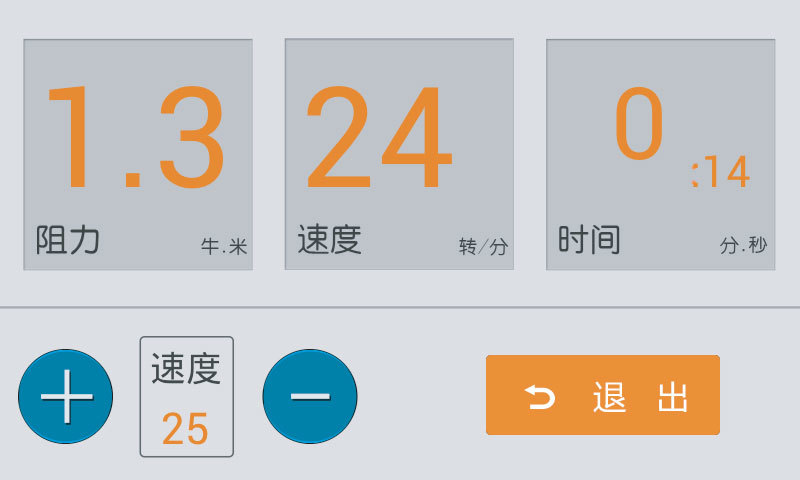
5 training modes
passive mode
boost mode
Active passive mode
Active mode
isokinetic mode

Spasticity Protection
Monitor patients for changes in muscle tone
Cue spasm
Adopt slow pulling method
Relieve spasms quickly
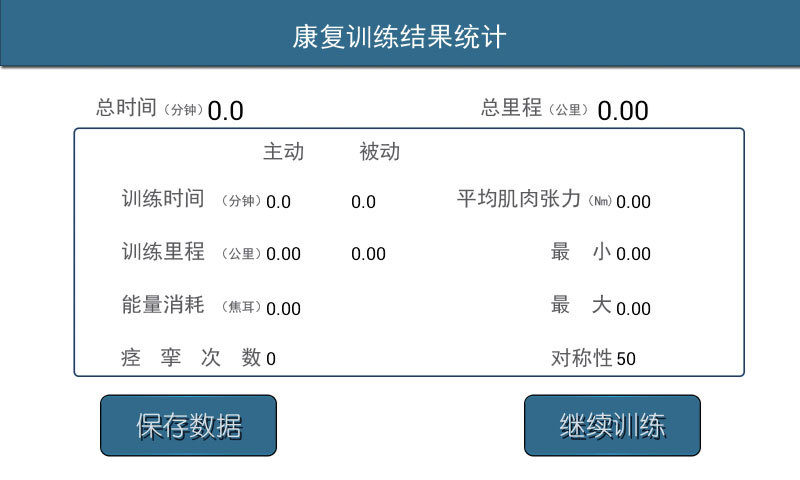
Patient management system
Create a patient file
Patient information query
patient assessment
Automatic generation of training data
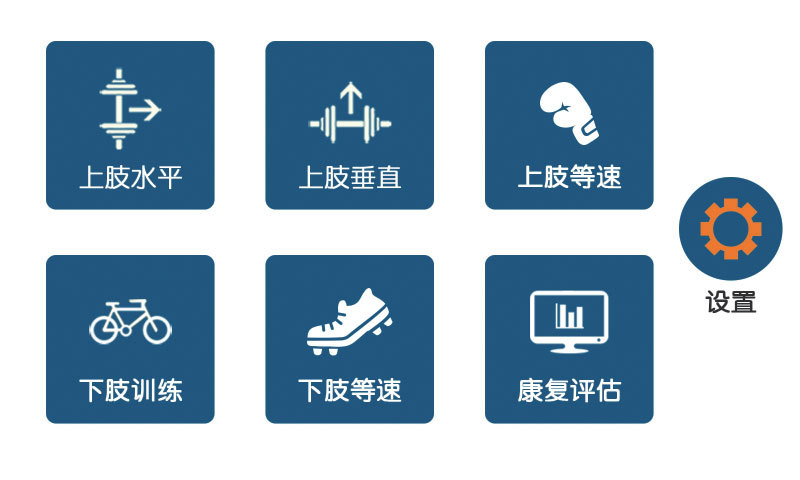

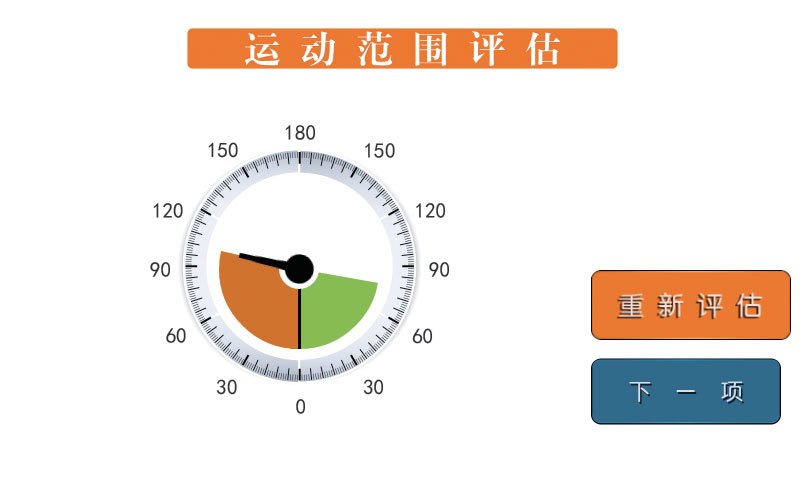

Key words:
Active and passive rehabilitation training
Related Products
Product inquiry

